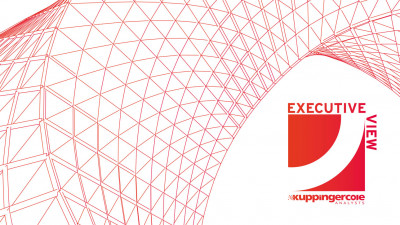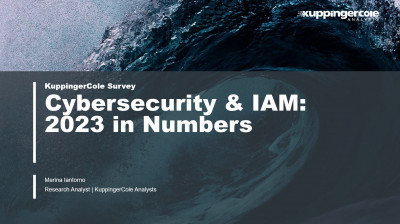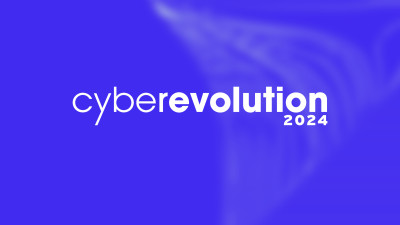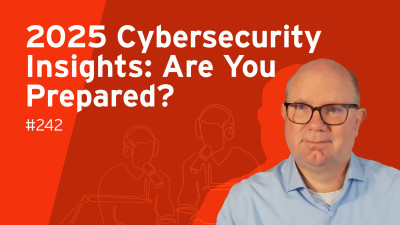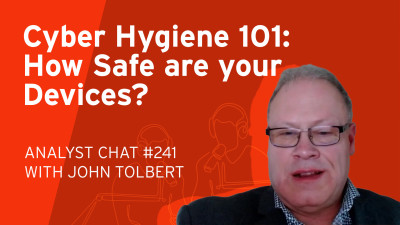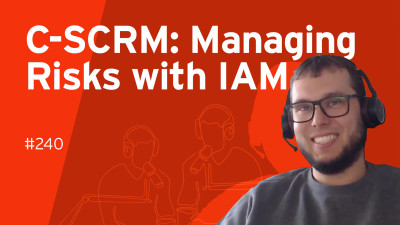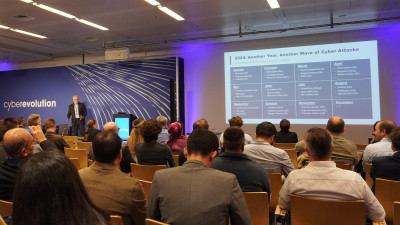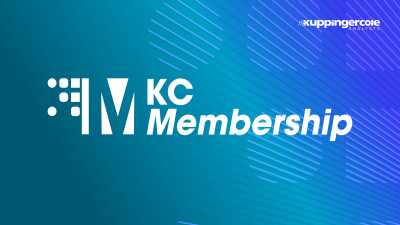1 Introduction
As organizations increasingly adopt cloud and hybrid infrastructures, maintaining strong security postures becomes more difficult due to the diverse nature of modern IT ecosystems. The key challenges include ensuring secure access control, mitigating identity-based threats, and maintaining compliance with evolving regulatory standards.
In traditional on-premise environments, access control was more straightforward, with a clear perimeter to defend. However, in modern cloud and hybrid infrastructures, the boundaries are blurred. Data and applications are no longer confined to on-premise data centers but distributed across multiple environments—private clouds, public clouds, and on-premise servers. This distribution makes it harder to secure access to sensitive resources.
In these ecosystems, solutions like Just-In-Time (JIT) Access are essential for enforcing the principle of least privilege. By granting access only when needed and revoking it immediately afterward, JIT minimizes the attack surface and reduces the likelihood of unauthorized access. However, implementing JIT across diverse cloud platforms requires deep integration with identity management solutions and seamless coordination between identity providers, access control mechanisms, and the cloud environment itself.
Additionally, Cloud Infrastructure Entitlement Management (CIEM) has emerged as a critical technology in addressing the complexity of securing access in cloud environments. CIEM helps organizations manage permissions and entitlements across cloud platforms, ensuring that users only have access to the resources they truly need. By offering greater visibility into cloud permissions, CIEM plays a key role in preventing privilege sprawl and reducing the risk of misconfigurations, which are a leading cause of data breaches.
As organizations move towards a more cloud-centric or hybrid model, managing and securing identities has become one of the most significant challenges. Identity is the new perimeter, and as the workforce becomes more distributed and applications migrate to the cloud, the attack surface widens. This has led to a surge in identity-based threats, such as phishing attacks, credential stuffing, and compromised accounts, which often serve as entry points for broader attacks.
Identity-based attacks highlight the importance of Privileged Access Management (PAM), which secures, manages, and monitors privileged access to critical systems and data. Effective PAM solutions enable organizations to enforce policies that restrict access to only those identities that need it, while also providing oversight into how these privileges are being used. Integrating PAM within cloud and hybrid infrastructures ensures that administrators have control over who can access critical resources, regardless of where they are hosted.
Organizations need to adopt strong Multi-Factor Authentication (MFA) methods and advanced identity verification techniques to ensure that both human and machine identities are being used correctly. As cybercriminals become more sophisticated in their attacks, relying on passwords or traditional authentication methods is no longer sufficient. Strong MFA that leverages biometrics, token-based systems, or other verification mechanisms is essential to secure identities across complex, distributed environments.
Compliance is another significant challenge as organizations expand their cloud and hybrid infrastructures. Data governance, privacy regulations, and industry-specific compliance requirements are constantly evolving. Failing to comply with these regulations can lead to severe penalties, not to mention damage to the organization’s reputation
To navigate this complex regulatory environment, organizations need robust Data Governance frameworks that provide visibility and control over their data. Ensuring that data is properly classified, encrypted, and stored in compliance with regulatory requirements is crucial. Solutions that offer automated compliance monitoring and reporting can help organizations stay ahead of these requirements, especially when dealing with multi-cloud or hybrid architectures.
Another critical aspect of compliance in hybrid infrastructures is ensuring that access to data is tracked and auditable. Identity and Access Management (IAM) solutions that offer comprehensive audit logs, along with continuous monitoring, play an important role in ensuring that organizations can demonstrate compliance with regulatory standards. Additionally, IAM tools with built-in compliance features can streamline the process of meeting the various certification and reporting requirements imposed by industry regulators.
The adoption of cloud and hybrid infrastructures offers organizations unmatched flexibility, scalability, and innovation potential. However, it also introduces significant security challenges, particularly in the areas of access control, identity management, and regulatory compliance. As these infrastructures continue to evolve, organizations must adopt a multi-layered security strategy that includes JIT access, CIEM, PAM, strong MFA, and robust data governance frameworks. By addressing these challenges head-on, organizations can ensure they maintain a strong security posture while fully realizing the benefits of their cloud and hybrid environments.
Whiteswan's new Identity Security platform is designed to meet these challenges through a unified approach that integrates identity-first and Zero Trust principles, providing enhanced automation, real-time threat detection, and integration across varied IT environments.

Figure 1: Responses from KuppingerCole clients on the challenges of multi-cloud infrastructures. (Source: KuppingerCole Analysts AG)


